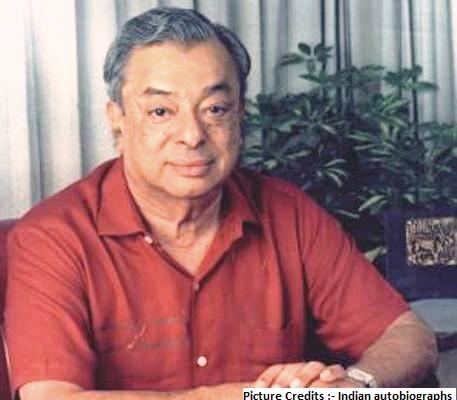Dr. Verghese Kurien, the Father of the White Revolution in India died after a brief illness in Nadiad, near Anand, Gujarat at the age of 90. Largely due to his efforts and initiatives, India was transformed from a milk-deficient country to a self-sufficient milk-producing country. Read more on India’s Milkman and the White Revolution for the IAS exam.

| Get an edge over your competition in one of the toughest exams by visiting the UPSC Previous Year Question Papers page
Strengthen your preparation for the UPSC exam by checking the following links: |
Verghese Kurien Background
- Verghese Kurien was born in Kozhikode, Kerala (then Madras Presidency) on 26th November 1921 into an affluent family. His father was a civil surgeon.
- He graduated in Physics from the Loyola College, Madras (now Chennai) and then completed a degree in mechanical engineering from the College of Engineering in the same city.
- Post the stint in Chennai, he graduated from the Tata Steel Technical Institute, Jamshedpur in 1946.
- He secured a Government of India scholarship to study in the USA where he acquired a master’s degree in mechanical engineering (metallurgy) from Michigan State University. He later underwent training in dairy technology in 1952-53 from New Zealand which was then very advanced in cooperative dairying.
- In 1949, Kurien went to work in a government-owned experimental creamery in Anand only to fulfil his obligations to the government on account of the scholarship.
- However, there he met his mentor Tribhuvandas Patel, who was working with the farmers to ensure that they were not exploited.
- They decided to establish the Kaira District Cooperative Milk Producers Union Ltd. (Kaira is also spelled Kheda). This was later renamed Amul.
- This cooperative model of farming and dairying where the farmers were cooperative owners of the organisation while being led and managed by professionals impressed a few political leaders who supported them.
- Kurien pioneered the use of buffalo milk to produce skim milk powder which was considered impossible by dairy experts around the globe. In India, buffalo milk was available aplenty compared to cow milk.
- Later research also led to the production of cheese from buffalo milk at the plant. Amul was able to take on established players in the market because of its innovativeness.
- Amazed at the venture’s success, the then Indian Prime Minister Lal Bahadur Shastri asked Kurien to replicate the formula all over the country. As a result, the National Dairy Development Board was set up with Kurien as its head.
- He successfully implemented the ‘Operation Flood’ which led to India becoming the leading milk producer of the world surpassing the USA in 1998. India is a leading name worldwide in cooperative dairying because of Amul’s stupendous success.
- In 1973, he set up the Gujarat Co-operative Milk Marketing Federation Ltd. to set up dairies in a similar model (Anand pattern) all over Gujarat and use one brand name of Amul.
- The Institute of Rural Management Anand was founded by Kurien in 1979 to train professionals to manage the cooperatives.
- Kurien’s ‘White Revolution’ also led to the development of another brand ‘Mother Dairy’.
- Several countries like Russia, Pakistan and China sought his advice on cooperative dairying.
- Kurien passed away in Nadiad on 9 September 2012.
Verghese Kurien Awards
- Ramon Magsaysay Award – 1963
- Padma Shri – 1965
- Padma Bhushan – 1966
- Krishi Ratna – 1986
- Wateler Peace Prize (Carnegie Foundation) – 1986
- World Food Prize – 1989
- International Person of the Year (World Dairy Expo) – 1993
- Order of Agricultural Merit (France) – 1997
- Padma Vibhushan – 1999
- His birth anniversary, 26th November is celebrated all over India as National Milk Day.
Also on this day
1812: The first paper currency was issued by the Bank of Bengal. 1828: Birth of Russian novelist Leo Tolstoy.
For more UPSC related preparation articles and other related links, visit the links given below:

Comments